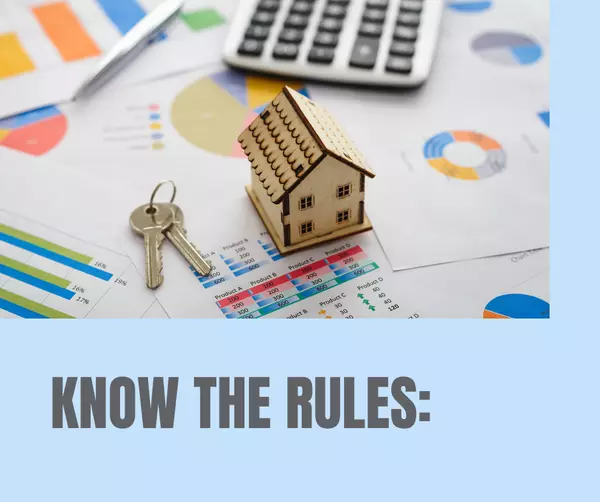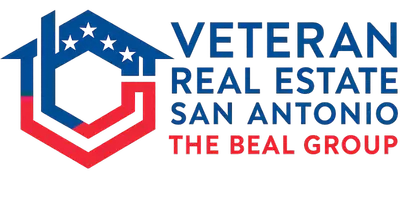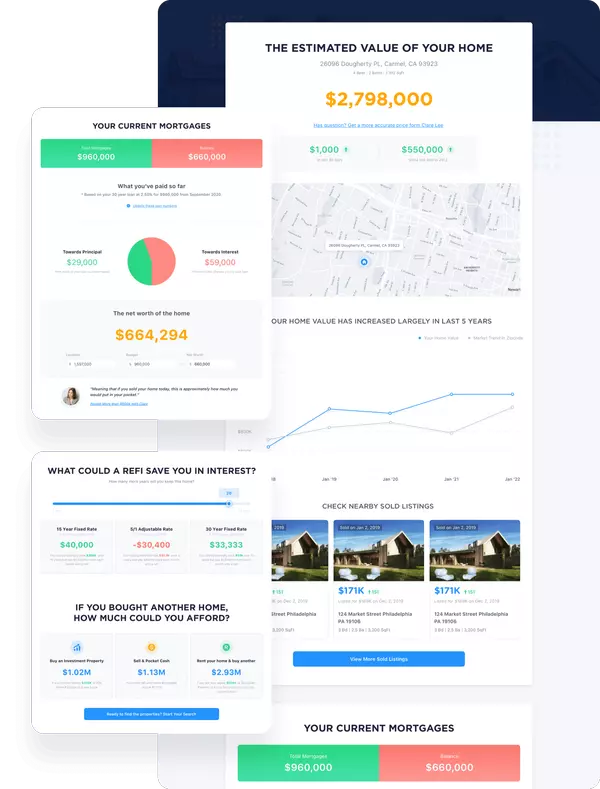"Let’s 1031 that building for Another"
- Like-kind exchanges -- when you exchange real property used for business or held as an investment solely for other business or investment property that is the same type or “like-kind” -- have long been permitted under the Internal Revenue Code. Generally, if you make a like-kind exchange, you are not required to recognize a gain or loss under Internal Revenue Code Section 1031. If, as part of the exchange, you also receive other (not like-kind) property or money, you must recognize a gain to the extent of the other property and money received. You can’t recognize a loss.
Under the Tax Cuts and Jobs Act, Section 1031 now applies only to exchanges of real property and not to exchanges of personal or intangible property. An exchange of real property held primarily for sale still does not qualify as a like-kind exchange. A transition rule in the new law provides that Section 1031 applies to a qualifying exchange of personal or intangible property if the taxpayer disposed of the exchanged property on or before December 31, 2017, or received replacement property on or before that date.
Properties are of like-kind if they’re of the same nature or character, even if they differ in grade or quality.
Real properties generally are of like-kind, regardless of whether they’re improved or unimproved. For example, an apartment building would generally be like-kind to another apartment building. However, real property in the United States is not like-kind to real property outside the United States..

Rules for Using 1031 Exchange:
- The real estate purchased with the proceeds must be like-kind.
- The tax must be paid on any “boot” in the year of the 1031 exchange.
- Once the business or investment real estate is sold, like-kind real estate must be identified within 45 days and acquired within 180 days.
The requirement that property be identified and that exchange be completed not more than 180 days after the transfer of exchanged property:
For purposes of this subsection, any property received by the taxpayer shall be treated as property which is not like-kind property if—
1. Such property is not identified as property to be received in the exchange on or before the day which is 45 days after the date on which the taxpayer transfers the property relinquished in the exchange, or
2. Such property is received after the earlier of—the day which is 180 days after the date on which the taxpayer transfers the property relinquished in the exchange, or the due date (determined concerning extension) for the transferor’s return of the tax imposed by this chapter for the taxable year in which the transfer of the relinquished property occurs.



